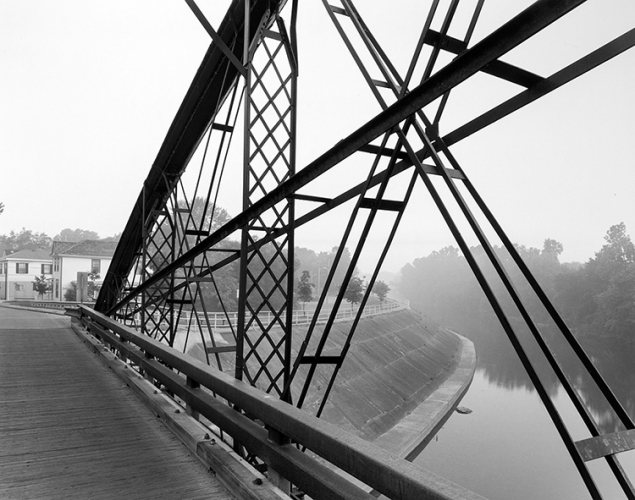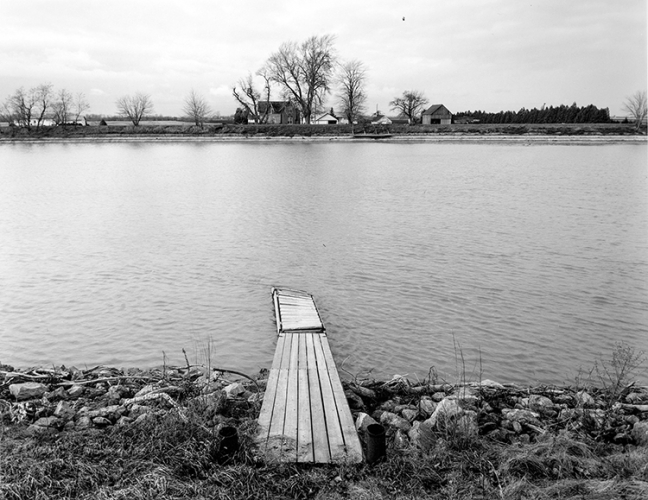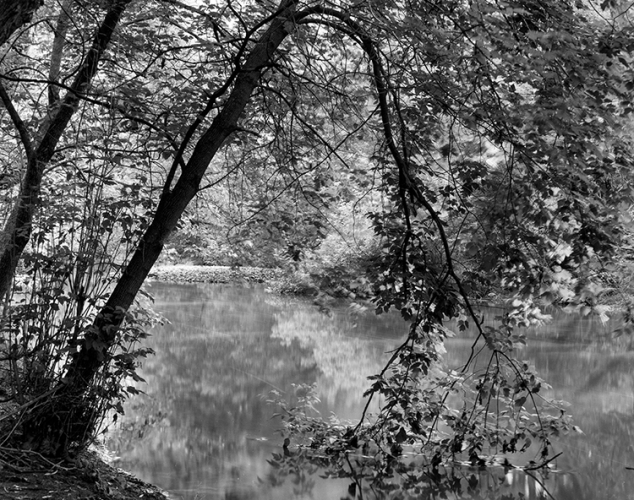Lynne D. DiStefano, Toronto

Tracking Ontario’s Thames
In the mid-1990s, George Kapelos and I began work on an exhibition about Ontario’s Thames River that was to be held at Museum London.
I don’t remember exactly when I became fascinated with the river. I think it had to do with how the river was depicted in 19th century travel accounts and images. Or, it could have been because I had enjoyed canoeing near the river’s Forks in London. Whatever the reason, I saw the river as the determinant of Southwestern Ontario’s distinctive cultural landscape and I wanted to explore the river, historically and culturally, and share what I discovered with others.
George, too, had been fascinated with Ontario’s Thames and was as eager as I was to explore the meaning of the river. I was an architectural historian transplanted to London from south of the border and George was a native Londoner. As an architect and planner, he saw the river through a different – and complementary – lens. Together we developed an exhibition about the river both as a place and as an experience.
Armed with a notebook and camera, and accompanied at times by George and Lee Ho Yin, my colleague from The University of Hong Kong, I spent the summer of 1998 observing and recording the Thames, not in a canoe but by car and on foot. We travelled to the watershed’s upper-most reaches, finding the river’s principal sources, sometimes a mere trickle in a farmer’s field. We explored villages, towns and cities that were built along the river’s banks and wandered through fields touching high water marks. We crisscrossed the river valley travelling over the river’s many bridges. We gazed on flood control efforts. We interviewed people who lived by the river. We considered how people engaged with the river. We observed how some communities ignored it while others embraced it.
Throughout the exploration, we came to see the Thames as the defining element of a unique cultural landscape, one initially shaped by First Peoples centuries before colonial settlement and now layered with visible changes of varying magnitude.
Recording activities led to the development of an exhibition under George’s curatorship and highlighted by magnificent large black-and-white photographs taken by Steven Evans, whose insightful eye brought viewers into extraordinary moments along the watershed. The exhibition, Course Studies—Tracking Ontario’s Thames: An Exploration of the River, was mounted at Museum London from November 2001 to January 2002. We were delighted to share our experiences and the illustrated catalogue containing our essays and Steven Evans’ photographs remains as a permanent record of our explorations and discoveries.
This story's themes
Photo Gallery
-

Credit: Steven EvansNear Pain Court, Ontario (fall 2000) -

Credit: Steven EvansBeechville, Ontario (fall 2000)
Most viewed themes

